TWS04K – sound quality
The first item to check with the TWS04K was what is going on in terms of background noise hiss when at ‘idle’. Thankfully, there’s not much at all – there’s a barely perceptible noise-floor that becomes inaudible as soon as any sort of music is playing. After only a track or two of The Claypoool Lennon Delirium’s outrageously good ‘South of Reality‘ album, I realised that the TWS04K has been given an extremely ‘agreeable’ and pleasant tuning, with a well-behaved and coherent transition from bass > mid-range > treble, with a noticeable tilt at the lowest and highest ends to lend a little ‘oomph’ and ‘spice’ to proceedings, without ever getting out of hand.
The TWS04K has a slightly warm sound, courtesy of an elevated yet well-controlled bass. Hiatus Kaiyote’s ‘Get Sun‘ opens with a nice thump of bass guitar and kick-drum, and does a nice job of serving up some visceral ‘slam’, and not leaving each note lingering around too long afterward. The TWS04K has a mildly V-shaped tuning – that is, there’s a recession in the lower mid-range that withdraws some instruments and male vocals from the mix. When lead singer Nai Palm and the string section come into the mix a few bars later on the same track, the TWS04K manages to recreate their recordings with a lovely, believable organic tone. The eased-back mid-range gives the TWS04K a nice ‘cosy’, non-aggressive sound that feels appropriate for on-the-go listening. Why is that? Well, when you’re out and about, some emphasis on bass notes and treble detail can be welcome in less-than-perfect listening conditions, as it can help ‘cut through’ the ambient clutter.
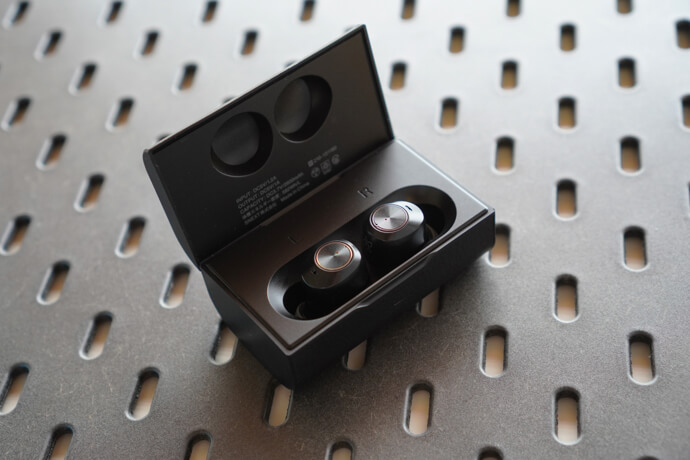
AG TWS04K
Consumer-oriented Bluetooth gear can often disappoint with mushy, rolled-off treble but it’s certainly not the case here with the TWS04K which treads deftly between clarity and smoothness, and doesn’t get fatiguing overbearing, even with hot recordings and harsh cymbal tracks (which are usually my ‘canary down the mine’ for harshness). Overall, AG (and Final) has given the TWS04K a super-approachable, enjoyable sound that they’ve backed up with technicalities that perform above its pricepoint. Is it ‘audiophile’? Well, as a card-carrying ‘audiophile’, I can say that the TWS04K does everything extremely competently in terms of what genres you throw at it, and it never gives me the distinct feeling that I’m ‘missing out’ in terms of an emotional connection to my favourite music – it’s simply an enjoyable, well-rounded listening experience.
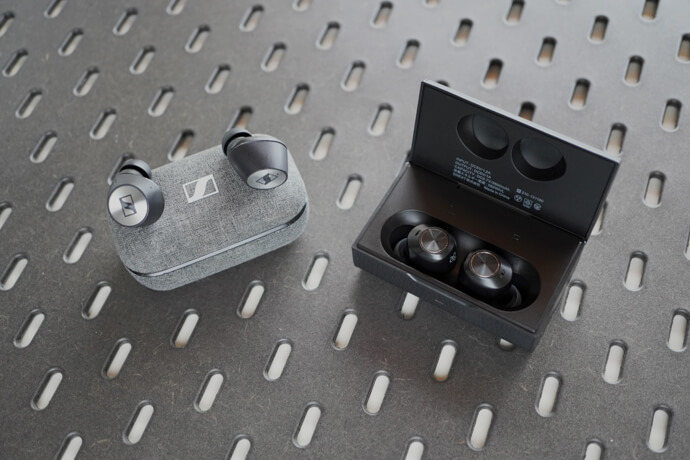
Sennheiser TW2 + AG TWS04K
TWS04K vs Sennheiser TW2
The TW2 from none other than Sennheiser is the reigning ‘heavyweight champ’ in the TWS IEM division, packing noise cancellation, full app support, and a highly-lauded sound signature. You can check out my full thoughts on the Sennheiser TW2 h21:57:31ere. Sure, the TW2 is far more expensive (and better specced) than the TWS04K, but given that the new AG contender is pitched as an ‘audiophile’ IEM, it’s worth benchmarking it against the best that I’ve heard to date (and the best that you’ve heard to date as well, according to our poll). It’s been a while since I’ve listened to the TW2, and I thought that it’d be a pretty close match here after spending some time with the TWS04K. It certainly doesn’t shame the AG, but the more expensive TW2 is in another category when it comes to refinement and technicalities. Tonally the TW2 is a richer, warmer voiced IEM top to bottom, and its more present mid-range lends a more realistic sense to the presence range, giving a more ‘right there’ vibe to Alanis Morissette’s ‘Jagged Little Pill Acoustic‘. The AG’s presentation is more ‘in-head’, while the Sennheiser manages to pull individual tracks apart further and place them more visibly ‘out of head’, with more clarity and air separating each.
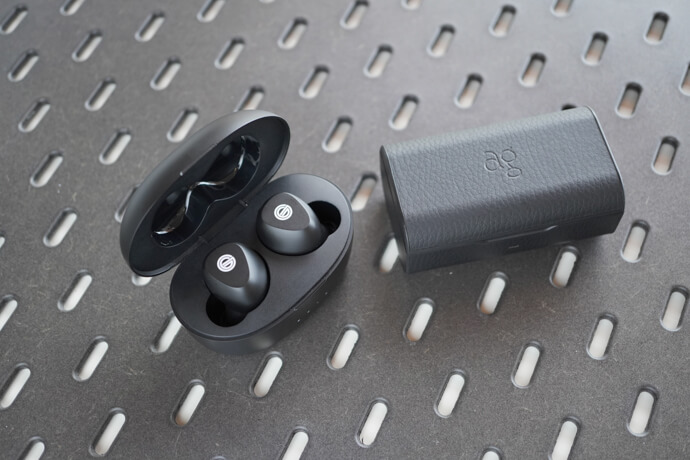
Grado Gt220 + AG TWS04K
TWS04K vs Grado GT 220
On paper, the Grado GT 220 and TWS04K are similarly-pitched IEMs, in that they’re simpler, more streamlined Bluetooth IEM offerings aimed at the ‘sound first’ market in terms of tuning. The GT220 is a very different sounding IEM to the TWS04K, immediately sounding extremely ‘coloured’ versus the more linear-sounding AG. A noticeably forward lower treble emphasis gives the GT220 a bit of trademark Grado ‘snarl’ and aggression, but it also has a very definite low-end tilt that makes for a wonky, yet somehow still very ‘fun’ sound. Guitars and drums in Slift’s ‘Ummon‘ have enormous bite and aggression with the Grado, but it’s an altogether less hectic affair over the more even-handed TWS04K. Despite all that energy in the treble, the GT220 doesn’t quite manage to do ‘air’ like the TWS04K – it kinda falters and drops away instead, giving it an ultimately less technical sound.
WHP01K – sound quality
The bigger (and cheaper) of the two AG siblings has an altogether different ‘take’ on tuning compared to the TWS04K. To me, it feels like AG/Final were so determined to create a non ‘consumer’-sounding Bluetooth headphone that they went a little over-board on the restraint. It would be unfair to call the WHP01K a ‘boring’ sounding headphone, but it’s certainly not an ‘exciting’ sounding pair of cans. The WHP01K can recreate the bass notes and tell you what’s happening detail-wise in a Tame Impala mix when coaxed, but it doesn’t really do so with any real sense of energetic ‘bite’ or ‘shove’. It’s a little hard to describe, but it’s almost as if there’s a blanket sitting somewhere between your head and the drumkit, slightly deadening the impact of beats as well as other dynamic sounds in the lower treble. A pronounced mid-range peak also gives the WHP01K a slightly ‘cuppy’-sounding quality, giving voices an overly breath-y, somewhat telephonic sound at times.
That treble veil means that the WHP01K doesn’t sound super transparent, and neither does it sound super ‘realistic’, in that things that should sound close don’t sound close. Adding to this, the WHP01K doesn’t have a hugely diffuse soundstage, so that leaves most instruments/tracks floating in a nebulous area just outside your ears. I must note that the WHP01K’s sound quality is actually more enjoyable with the noise-cancelling switched on. While this does take a bite out of the battery life, it’s well worth it (and there’s plenty of battery there, anyway). Switching on ANC adds 2-3dB of much-needed treble energy to ‘Paradise City‘, and tightens up the bass; while switching it back off while playing a bit of Aphex Twin does add a little more ‘boom’ back into the mix. Despite not having a companion app, the WHP01K is a headphone that does benefit from some EQ – in my case, adding a low shelf of 2dB below 120Hz, a high shelf of 3dB above 8kHz and a -2dB dip around 1kHz made the WHP01K feel a little more engaging, although not everyone will have access to system-wide EQ on their listening device.
While it might sound like I’m being super critical of the WHP01K, I am commenting on its performance as a general-purpose audiophile headphone through the lens of my preferred genres of music. The WHP01K actually sounds pretty decent with instrumental jazz like the sax-work of Bob Reynolds, and it generally seems to prefer the subtleties and less dynamically intense styles like classical music.
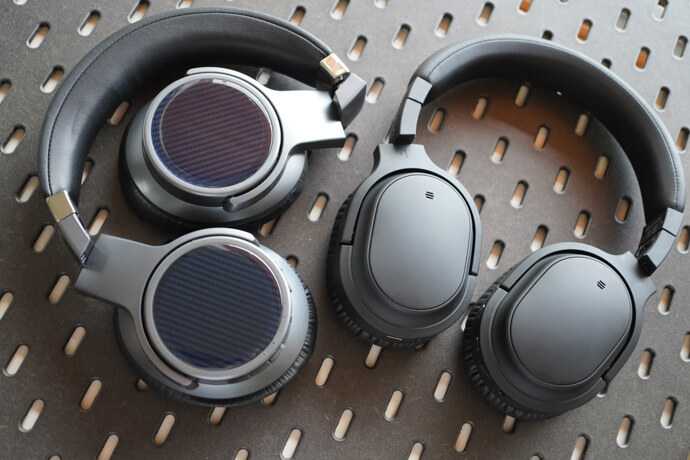
FiiO EH3 NC + AG WHP01K
WHP01K vs FiiO EH3 NC
FiiO’s first full-size headphone, the noise-cancelling EH3 NC (which I reviewed a couple of years back) feels like a logical competitor to the WHP01K, being within cooee of it in price, and both having claims to audiophile lineage – despite the fact that FiiO has far less experience than Final when it comes to tuning full-size headphones. The FiiO doesn’t feel quite as well-put-together or cohesive a package as the AG, feeling a little more ‘toy-like’ in the hand and having a much less assuring grip on your head (and consequently, less passive isolation than the WHP01K).
In terms of ANC performance, the WHP01K’s is a fraction more effective than the FiiO, and it also doesn’t change the sounds as dramatically – and for the worse, in the case of the EHC NC, which becomes boomy and congested. The FiiO has more idle background noise than the AG (where it’s practically inaudible), but when the music starts playing, it makes for a more engaging experience with better extension at either end of the frequency response chart, and a less congested headstage with clearer image placement. The WHP01K isn’t compatible with the higher-resolution Bluetooth codec LDAC unlike the EH3 NC, although I’m pretty certain that it would not add any perceived detail or improvement to the AG’s playback experience.
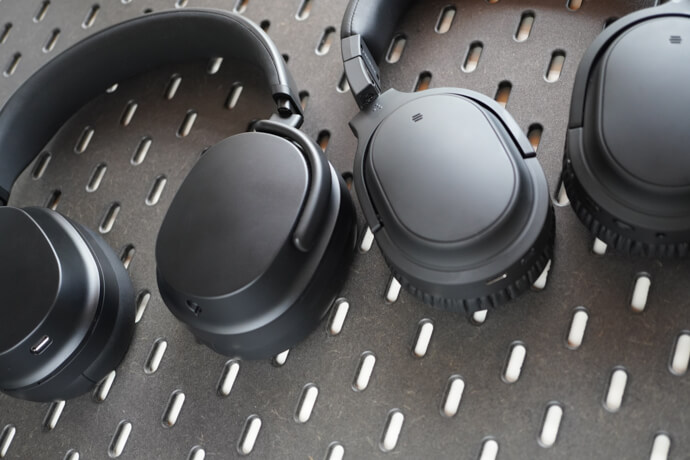
Drop THX Panda + AG WHP01K
WHP01K vs Drop THX Panda
The Panda, a collaboration between Drop.com and THX is an altogether different wireless proposition compared to the AG – a planar-magnetic, audio-purist product with amplification technology from THX, and no ANC to ‘muddy the waters’. It’s also a far more expensive product at $399 USD, and provides a useful comparison as the presumed Bluetooth audiophile-oriented headphone. The Panda is a much heavier, more substantial feeling headphone when worn given its partly-metal construction and heavier weight, but it is a little fatiguing to wear for long periods due to its more pronounced clamping force and thinner headband padding compared to the WHP01K. The Panda (or this version of it, anyhow) has some extremely noticeable digital artifact noise when switched on, almost as if it’s picking up RFI interference.
The Panda has a very warm tuning, which is apparent even before comparing it back-to-back with the AG. It has an out-and-out lush voicing and a very present mid-bass emphasis which is in stark contrast to the gentle, muted, mid-centric tonality of the WHP01K. The Panda is no technical monster by any means, but despite its treacly voicing it still manages to sound far more resolving in terms of detail + transparency, as well as being wider and more believable than the AG in terms of imaging abilities.
Final thoughts
The ‘AG’ brand is an interesting play from Final – using brand association + group ‘know how’ to create (relatively) affordable products with a unique selling proposition: sound quality first (and, a non ‘consumer’-centric take on sound quality, as well). Their two launch products, the TWS04K and WHP01K (they really are boring names, and I can’t tell you how many times I’ve typed them incorrectly in this article) are solid first products, and are respectable performers at their respective price-points – which are both pretty low, especially in the case of the WHP01K.
The TWS04K is a pretty impressive performer and a well-packaged product – especially when its price is taken into consideration. It’s a well-tuned IEM and ought to suit anyone looking for a more-than-decently performing true wireless product who is also happy to live without the bells and whistles.
The WHP01K is a good value, general-purpose Bluetooth headphone at its $149.99 AUD asking price, and offers reasonable noise cancellation plus a non-offensive tuning that presents an affordable alternative to the standard consumer fare.





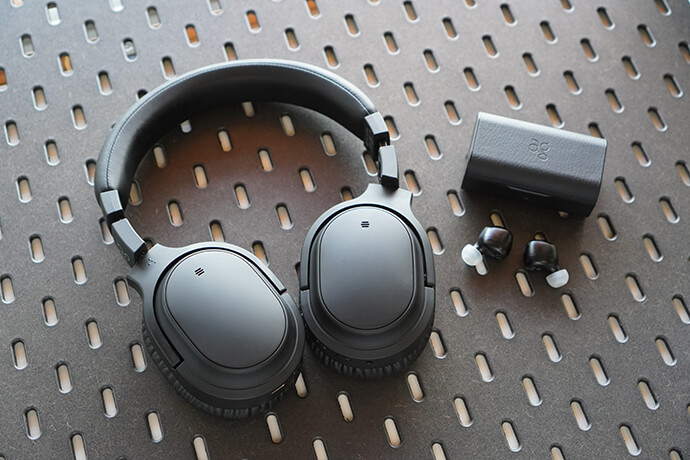
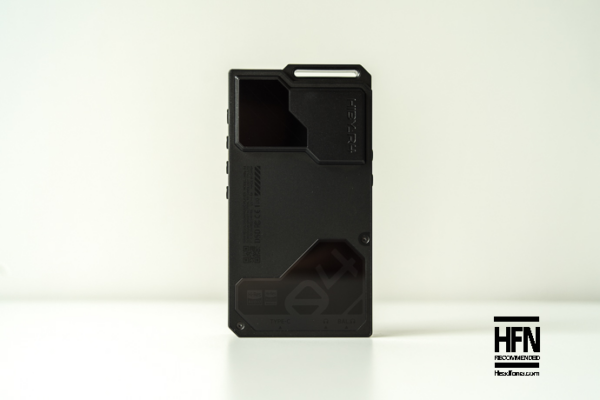
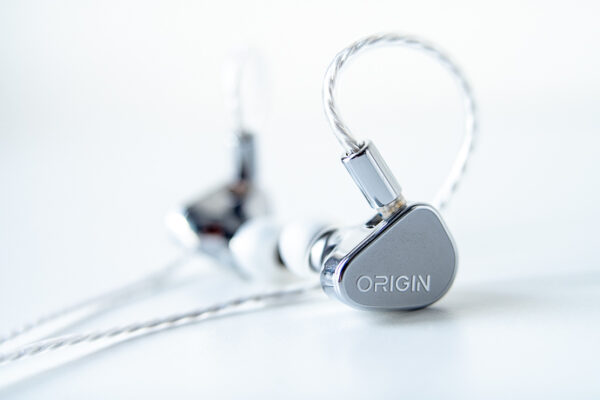
Graham
Hi Matty,
Thanks for this detailed and very interesting review. I love hearing about new entrants to the headphone/TWS market, no matter how crowded it is!
I’m still hooked on my wired Grado GR8e – just find their sound perfect for me. I used to have Sennheiser M TWS 1, but now find that some very cheap Fiil T1 Lite (with only SBC/AAC) can provide a superb sound for a ridiculously low price.
Interestingly, I use Final E eartips with them for a perfect seal and great passive noise cancelling (a good, tight seal, of course, is crucial to obtaining best sound quality with iems).
Thanks again.
Graham
Matty Graham
I appreciate your comments Graham! I have a pair of Grado GR10 which still get a whirl from time to time…
Christopher C Love
So these look great, the question I have is why these are identicle to the Lypertek Pureplay Z3. Identicle. I’m sure they may have used Lypertek Shell or, hoping I’m wrong, used the drivers as well. These companies do this but they didn’t even try to change it up except for minor cosmetic differences. Weird
Redactle
Great design, however I’m curious why it looks exactly like the Lypertek Pureplay Z3. Identicle. I’m sure they utilized Lypertek Shell or, if I’m not mistaken, the drivers as well. These firms do this, but they don’t even bother to differentiate themselves beyond slight aesthetic changes. Weird